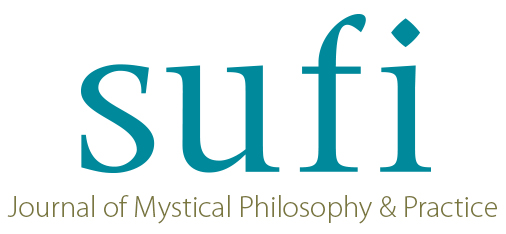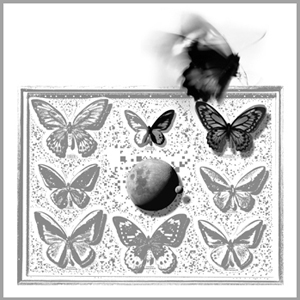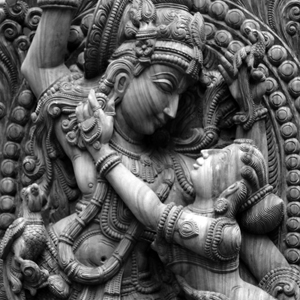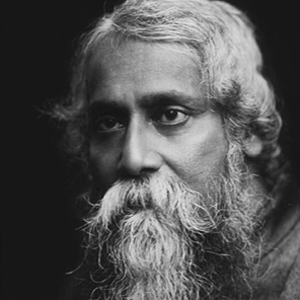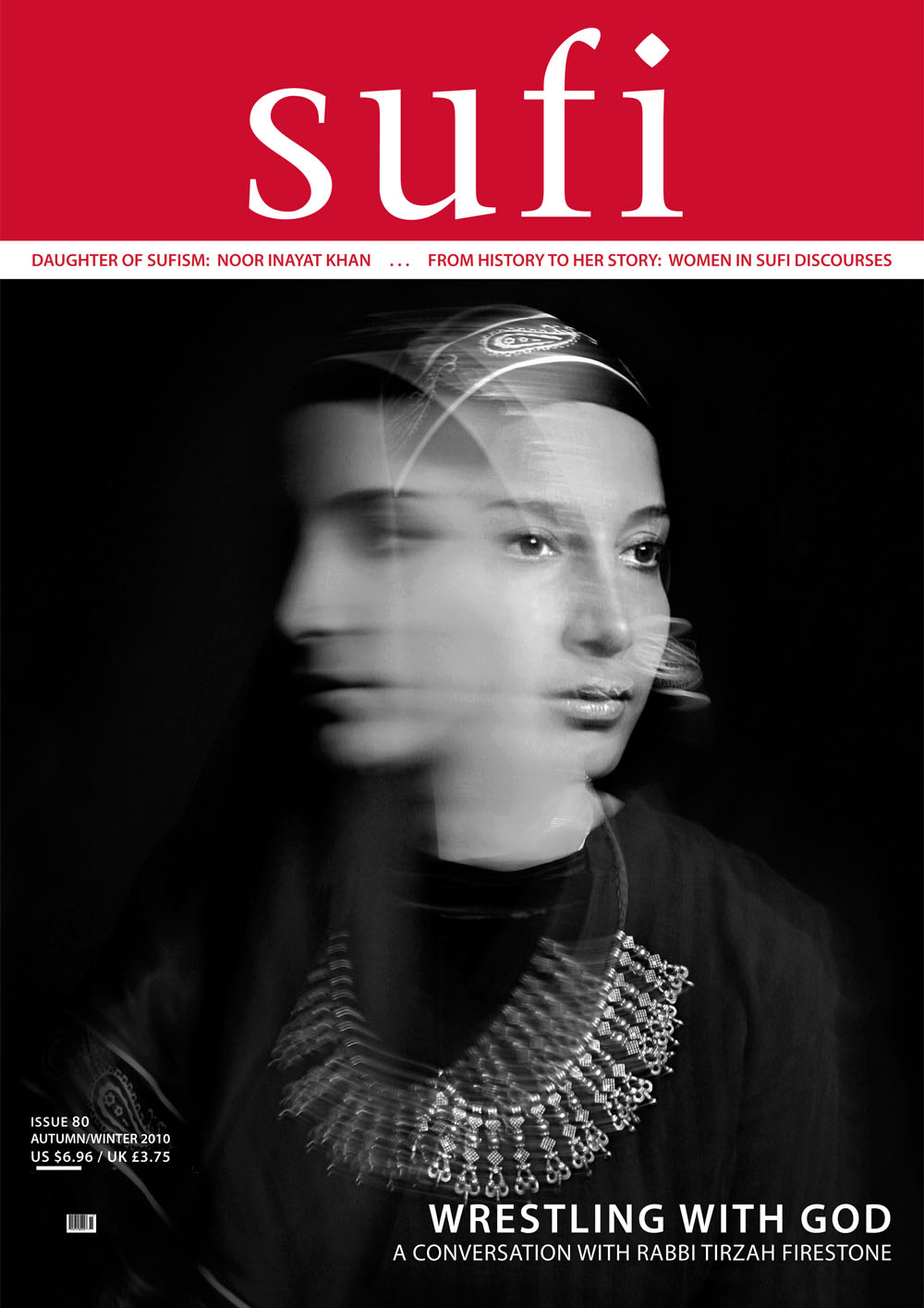 FROM THE EDITORS
FROM THE EDITORS
THE GENDER ISSUE: ART | POETRY | CULTUREWATCH | BOOK REVIEWS | & more…
From Issue #80 on we have shifted the focus of SUFI to how it could best contribute to raising the spiritual consciousness among people of diverse backgrounds, beliefs and experience, and to introduce more diverse interpretations of the Sufi path and other spiritual disciplines in both a contemporary and historical context. Thus, in this issue our featured articles and narratives present expressions of women’s experience and perspective of the mystical in modern life – an Asian Sufi living in World War Two Europe, an American woman experiencing the mystical dimension on the streets if Istanbul, a Sufi scholar examining gender bias through a foundational Sufi Text, and an interview with a rabbi who overcame religious and gender prejudices to reach her goals.
DISCOURSE, ARTICLES, NARRATIVES AND INTERVIEWS
THE EXPERIENCE OF NOTHINGNESS Discourse by Alireza Nurbakhsh
DAUGHTER OF SUFISM The Passion of Noor Inayat Khan by Yousef Daoud
WRESTLING WITH GOD A Conversation with Rabbi Tirzah Firestone Interview by Llewellyn Smith and Kelly Thomson
FROM HISTORY TO HER STORY Women in Sufi Discourses by Safoura Nourbakhsh
UNDER THE MINARET Narrative by Jan Shoemaker
CULTUREWATCH
Low Budget Mysticism / Spiritual tourism in India by Sholeh Johnston
Revealing the Truth/A Rapper on Rumi by Sholeh Johnston
Community, Nur Foundation Working for the Needs of the Poor-Spain
BOOK REVIEWS by Robert Landau Ames and Eliza Tasbihi
A Soaring Minaret by Laury Silvers
Sacred Spaces, A Journey with the Sufis of the Indus by Semina Quraesh, Ali S. Asani, Carl W. Ernst and Kamil Khan Mumtaz
POETRY
Whoever Becomes Nothing Becomes God by Dr. Javad Nurbakhsh
Friend of God by Jeni Couzyn
The Way Under the Way by Mark Nepo
I Was a Fable by Peter Valentyne
FEATURED POET
JENI COUZYN, Poet
FEATURED ARTIST
MINA MOMENI, Photographer ( www.minamomeni.com)
(Front Cover Photo Mina Momeni)
Print and digital subscriptions available. Buy SUFI now.
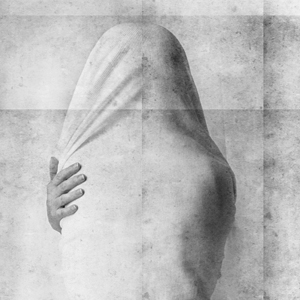 A SUFI ALLEGORY OF MYSTICAL LOVE
A SUFI ALLEGORY OF MYSTICAL LOVE